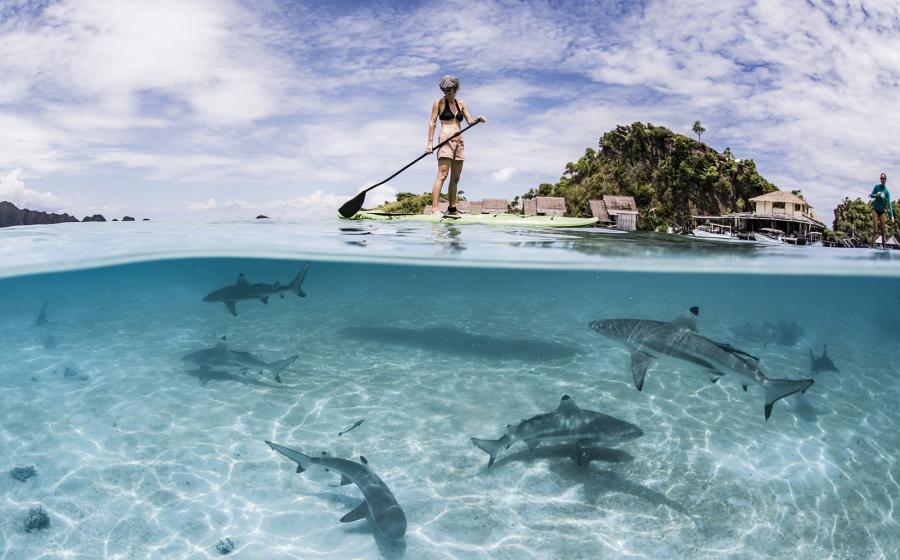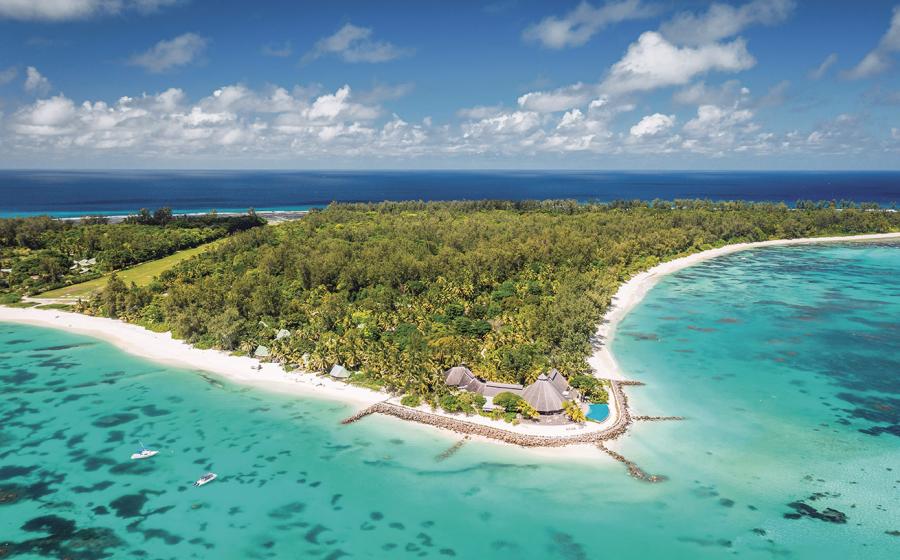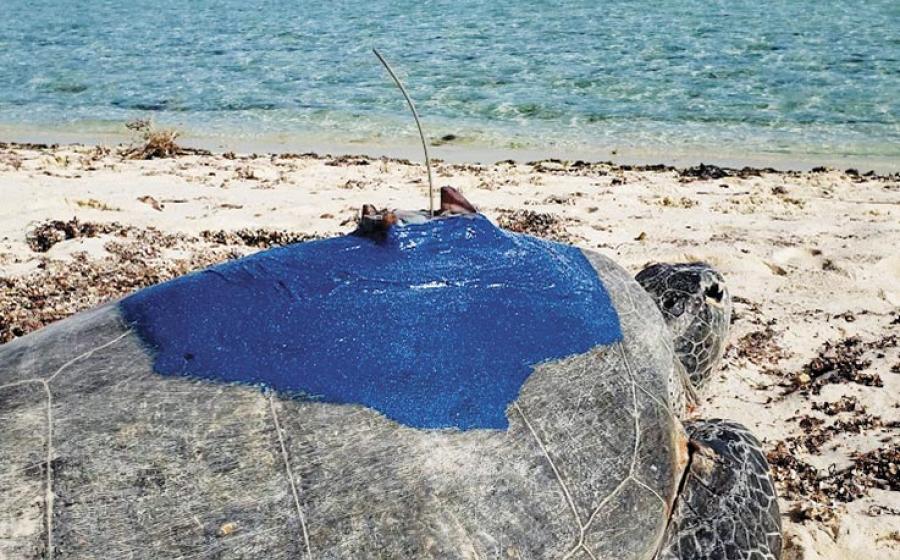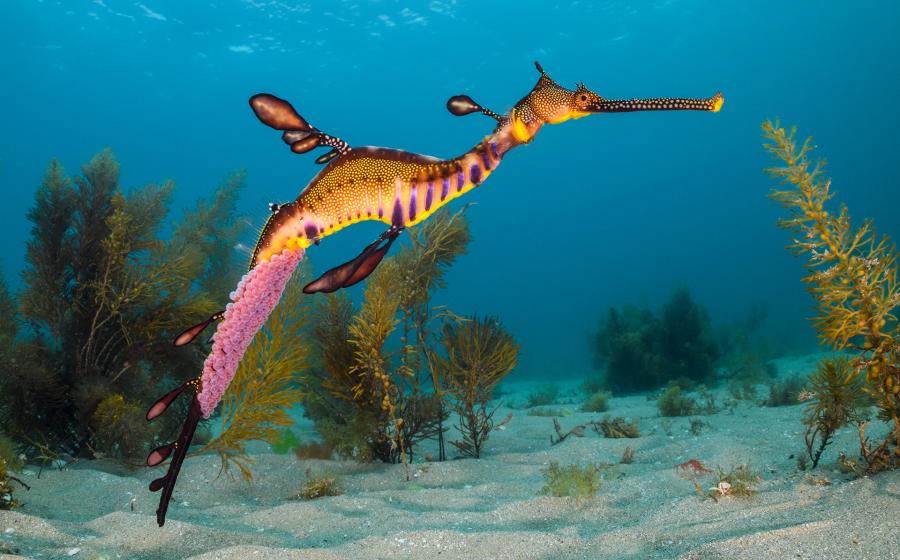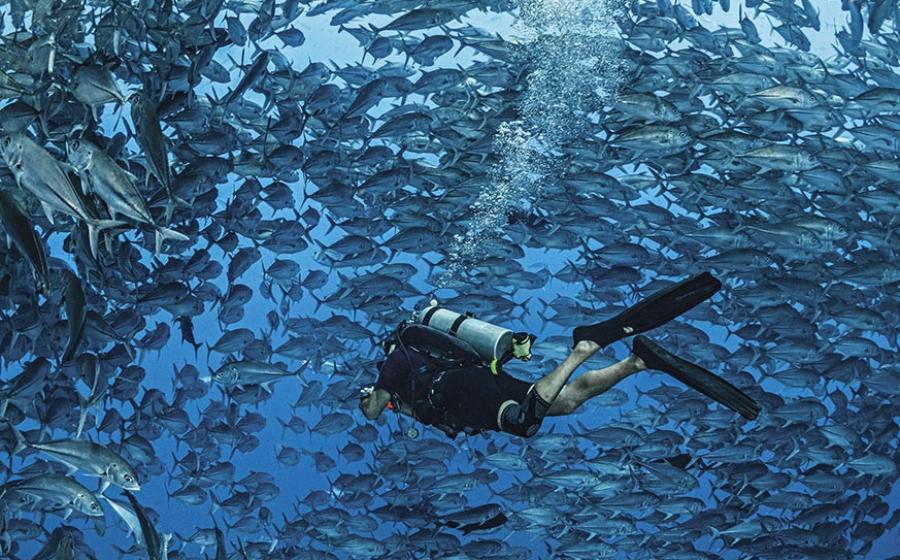National Park Conducts Underwater Research

The Virgin Islands National Park in St. John has purchased a magnetometer and towed camera from JW Fishers to assist with their marine research. In 1962 Congress significantly expanded the boundaries of the park to include more than five thousand acres of underwater terrain. The park service is very concerned about the environmental impact of overfishing, encroachment of exotic marine plants, and sediment runoff. A field station has been established, headquartered at the Biosphere Reserve Center in the national park on St. John, to investigate changes in the marine ecosystem and to determine their cause. The research is a cooperative effort between the Biological Resources, National Parks Service, Jacksonville University, and the Oceanic Institute in Hawaii.
One focus of the research is determining the impact of trap fishing on reef fisheries in VI National Park and Buck Island Reef National Monument. The National Marine Fisheries Service has identified traps as one of the five types of fishing gear with the highest potential for impacting essential fish habitat. One problem is the environmental damage caused by traps being routinely dropped on, and removed, from the reefs. Another problem is the devastating effect on fish populations when traps are abandoned or lost. Fisheries regulations require that traps have a surface marker buoy, but lines can be accidentally severed by boat propellers, break in storms, or get cut by competing fishermen. These unattended traps keep capturing and killing fish. There is also the problem of illegal traps that are set with no marker buoy.
Researchers will use the magnetometer, a super sensitive metal detector, to find the traps which are typically constructed of steel pipes and wire mesh. Abandoned and illegal traps can be quickly located and removed. Using the towed camera researchers can view the reef structure and see the condition of the marine habitat and it's residents. Large stretches of ocean bottom can be surveyed in a short time, rather than having divers swim the entire area. The towed camera will also allow scientists to continually monitor other environmental forces affecting the reef, such as sediment runoff and the impact of non-native species.
In addition to assisting in the marine research, Fishers search equipment will help park officials locate and identify underwater historical sites. St. John has a rich history dating back more than a thousand years. Europeans, seeking new territories as colonial properties, sailed to the island in the 17th century. Storms and the reefs sent many of these early mariners to a watery grave. The remains of their ships and cargo are scattered across the ocean floor. The towed camera and magnetometer will be of significant assistance in the investigation of these submerged cultural resources.
For more information on Virgin Islands National Park go to www.nps.gov/viis. For more information on Fishers complete line of underwater search equipment go to www.jwfishers.com.
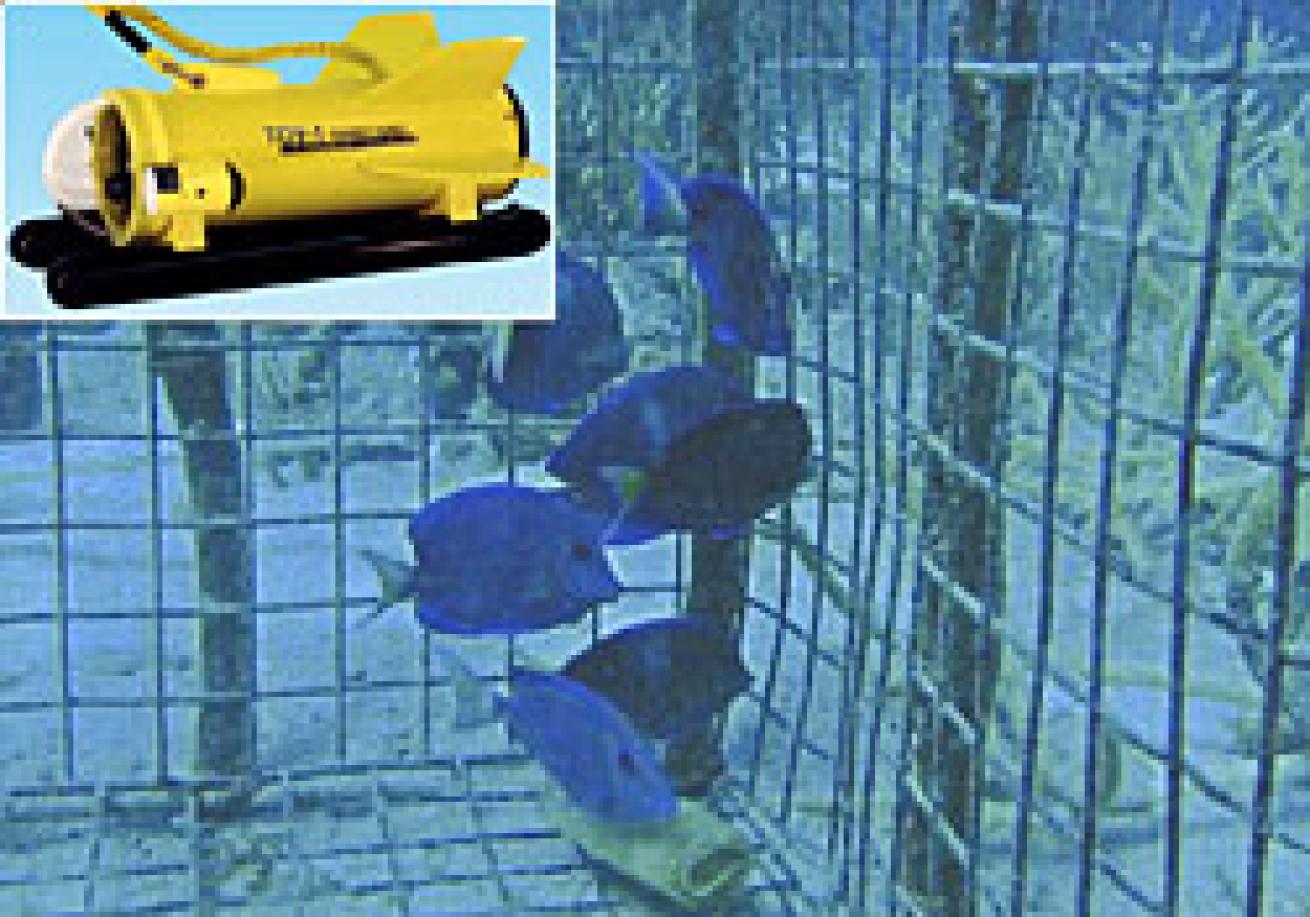
The Virgin Islands National Park in St. John has purchased a magnetometer and towed camera from JW Fishers to assist with their marine research. In 1962 Congress significantly expanded the boundaries of the park to include more than five thousand acres of underwater terrain. The park service is very concerned about the environmental impact of overfishing, encroachment of exotic marine plants, and sediment runoff. A field station has been established, headquartered at the Biosphere Reserve Center in the national park on St. John, to investigate changes in the marine ecosystem and to determine their cause. The research is a cooperative effort between the Biological Resources, National Parks Service, Jacksonville University, and the Oceanic Institute in Hawaii.
One focus of the research is determining the impact of trap fishing on reef fisheries in VI National Park and Buck Island Reef National Monument. The National Marine Fisheries Service has identified traps as one of the five types of fishing gear with the highest potential for impacting essential fish habitat. One problem is the environmental damage caused by traps being routinely dropped on, and removed, from the reefs. Another problem is the devastating effect on fish populations when traps are abandoned or lost. Fisheries regulations require that traps have a surface marker buoy, but lines can be accidentally severed by boat propellers, break in storms, or get cut by competing fishermen. These unattended traps keep capturing and killing fish. There is also the problem of illegal traps that are set with no marker buoy.
Researchers will use the magnetometer, a super sensitive metal detector, to find the traps which are typically constructed of steel pipes and wire mesh. Abandoned and illegal traps can be quickly located and removed. Using the towed camera researchers can view the reef structure and see the condition of the marine habitat and it's residents. Large stretches of ocean bottom can be surveyed in a short time, rather than having divers swim the entire area. The towed camera will also allow scientists to continually monitor other environmental forces affecting the reef, such as sediment runoff and the impact of non-native species.
In addition to assisting in the marine research, Fishers search equipment will help park officials locate and identify underwater historical sites. St. John has a rich history dating back more than a thousand years. Europeans, seeking new territories as colonial properties, sailed to the island in the 17th century. Storms and the reefs sent many of these early mariners to a watery grave. The remains of their ships and cargo are scattered across the ocean floor. The towed camera and magnetometer will be of significant assistance in the investigation of these submerged cultural resources.
For more information on Virgin Islands National Park go to www.nps.gov/viis. For more information on Fishers complete line of underwater search equipment go to www.jwfishers.com.





